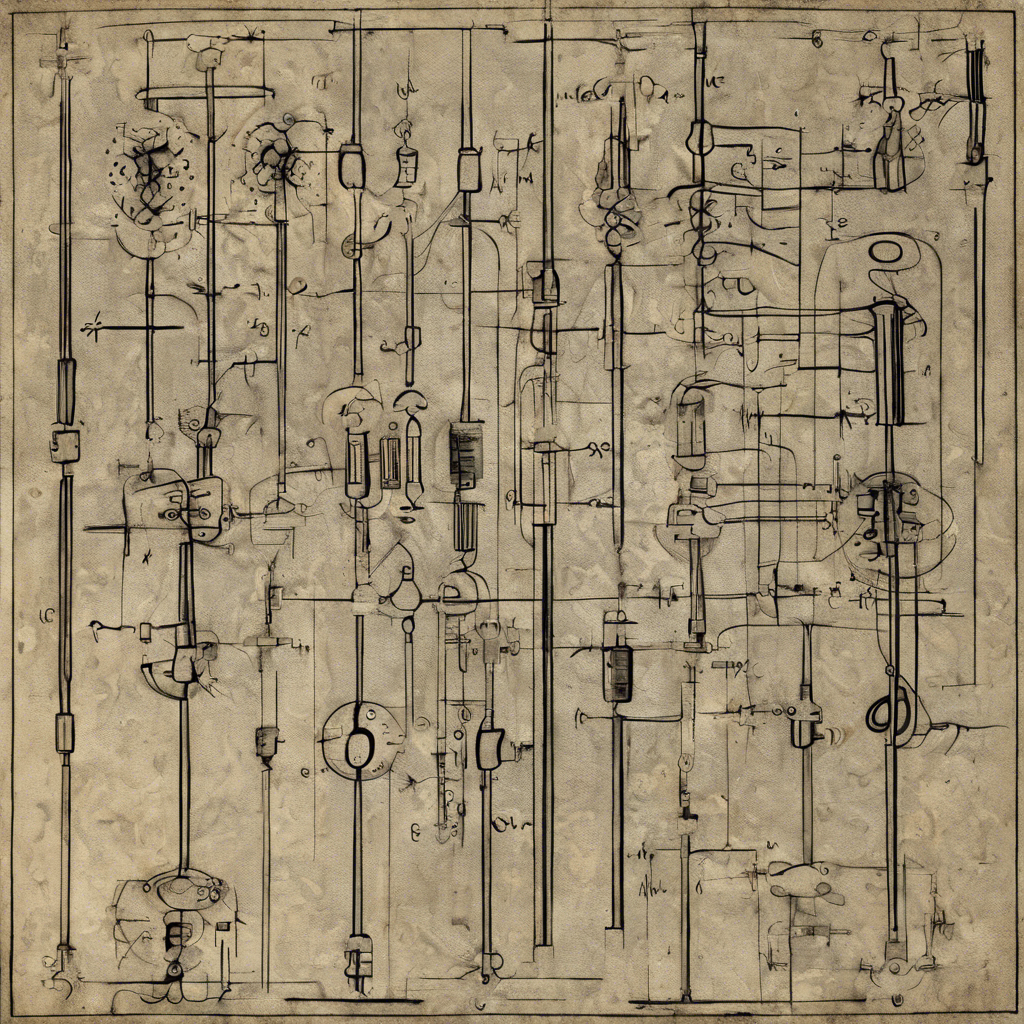Researchers find evidence of unconventional electrical currents in exotic materials
In a groundbreaking discovery, physicists have uncovered evidence that challenges our understanding of electrical currents in metals. The research, conducted on nanowires made of ytterbium, rhodium, and silicon, has shed light on the behavior of strange metals. Strange metals, known for their unique resistance to electrical currents at relatively warm temperatures, exhibit an unusual increase in resistance as they heat up. This discovery has sparked a debate among scientists about the nature of electrical currents in these exotic materials.
The Unconventional Behavior of Strange Metals
Unlike normal metals, which exhibit varying resistance depending on temperature, strange metals increase in resistance by a fixed amount for every degree of temperature rise. This peculiar behavior suggests that electrical currents in strange metals operate differently from those in conventional metals. The interaction between charge-carrying particles in strange metals and their surrounding particles differs significantly from the movement of electrons in regular wires. Rather than a simple flow of negatively-charged spheres, electrical currents in strange metals involve the harmonization of multiple particles known as quasiparticles.
Quasiparticles and the Debate
The role of quasiparticles in explaining the unique resistance behaviors of strange metals has been a subject of debate among scientists. Some theories and experiments suggest that under certain conditions, quasiparticles may lose their integrity. To investigate this further, researchers utilized a phenomenon called shot noise, which provides insight into the granularity of charges as they flow through a conductor. By studying shot noise in a sample of YbRh2Si2, the researchers found evidence that quasiparticles were likely not at play in the unconventional behavior of strange metals.
Liquid-like Charge and a New Model
The suppression of shot noise in the YbRh2Si2 sample suggests that the charge in strange metals behaves more like a liquid than the currents in conventional metals. This finding supports a model proposed by condensed matter physicist Qimiao Si more than 20 years ago. Si’s theory describes how electrons in specific locations within materials approaching zero-degree temperatures no longer share characteristics that allow them to form quasiparticles. While the exact nature of this “liquid” current is still unknown, the researchers believe it opens up new possibilities for understanding how charge moves collectively in strange metals.
Conclusion:
The recent discovery in strange metals has challenged our understanding of electrical currents in metals. By studying the behavior of nanowires made of ytterbium, rhodium, and silicon, researchers have found evidence that suggests quasiparticles may not be responsible for the unconventional resistance behaviors observed in strange metals. Instead, the charge in these materials behaves more like a liquid, raising questions about the nature of electrical currents and the vocabulary used to describe them. This groundbreaking research paves the way for further exploration into the intriguing world of strange metals and their unique properties.











